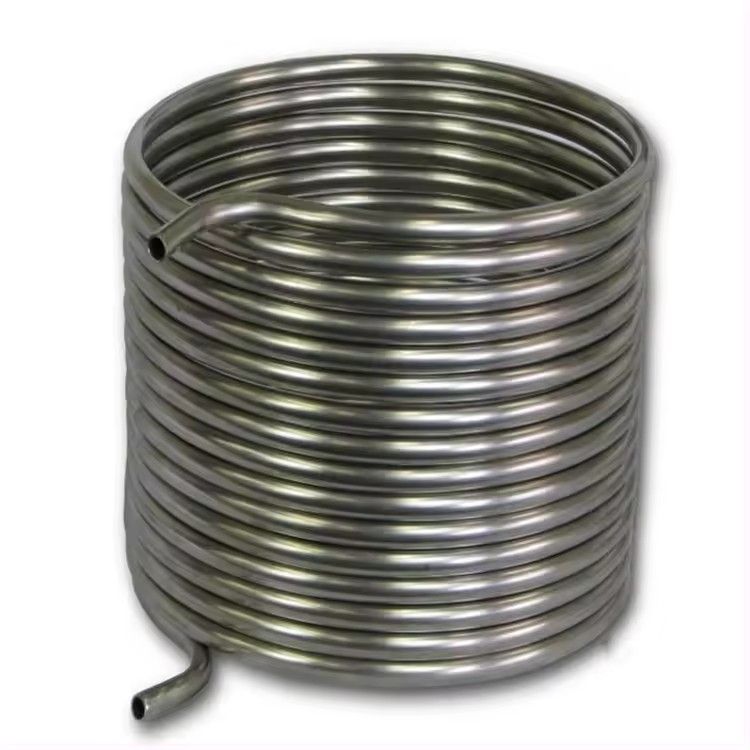
Explore newest insights, innovations, and applications of stainless steel capillary tubes. Stay informed with our detailed guides.

Principle of Stainless Steel Tubing Coils as Heaters
Stainless steel tubing coils are commonly used as heaters due to their excellent thermal conductivity, corrosion resistance, and durability. The principle behind using stainless steel tubing coils as heaters involves several key aspects

The Advantages of Stainless Steel Capillary Tubing
Stainless steel capillary tubing, known for its high precision and seamless design, is utilized in a variety of instrumentation measurement applications. Constructed with a heavy wall and small diameter (usually 1/8″ or less), this tubing is essential in critical applications, ranging from nuclear reactors to aerospace resistojets.


